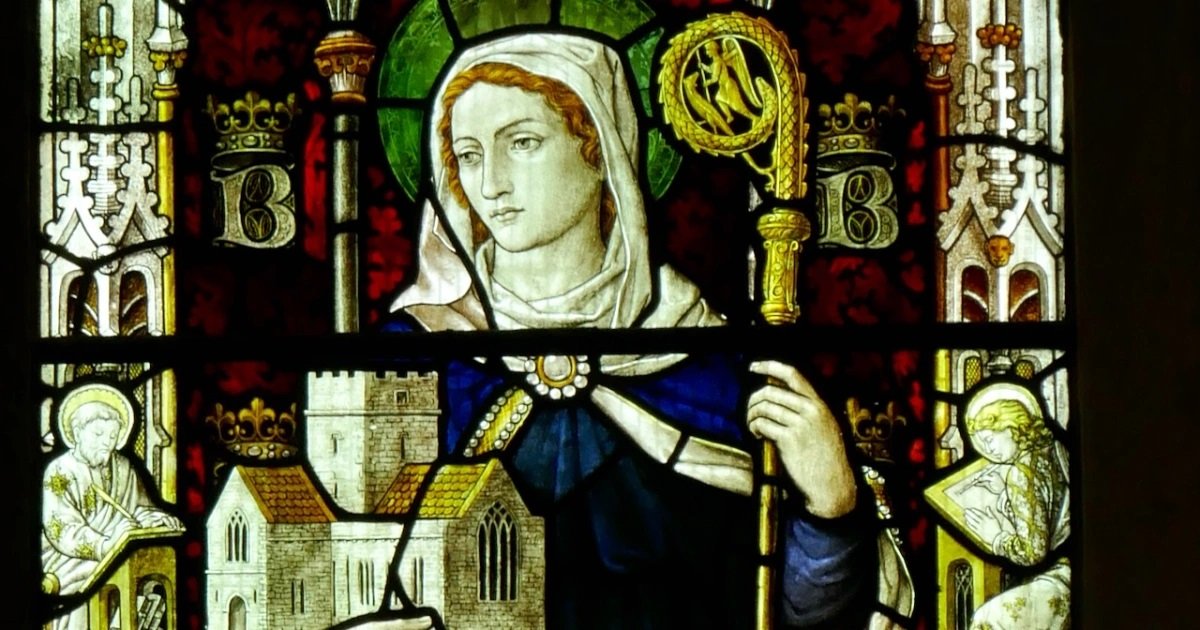Introduction:
Stained glass has for some time been loved for its timeless excellence and capacity to change light into energetic, hypnotizing presentations of variety and example. While conventional craftsmanship includes multifaceted cutting and gathering procedures, the approach of precut stained glass has reformed artistic expression, making it more available to devotees and craftsmen the same. In this article, we dive into the spellbinding universe, investigating its set of experiences, qualities, applications, and the imaginative conceivable outcomes it offers.
Understanding Precut Stained Glass:
Precut stained glass refers to pieces that have been pre-cut into specific shapes, sizes, and colors, ready for assembly into artworks. These precut glass pieces are typically manufactured by glass studios or suppliers using specialized cutting machinery and techniques. Precut stained glass disposes of the requirement for specialists to cut sheets without any preparation, smoothing out the gathering system and empowering the two fledglings and experienced craftsman to make dazzling stained glass projects effortlessly.
History of Stained Glass:
Stained glass has a rich history going back north of a thousand years, with starting points following to the old civic establishments of Egypt, Rome, and Mesopotamia. In any case, it was during the middle age time frame in Europe that stained glass accomplished its peak as a fantastic work of art, enhancing the windows of basilicas, temples, and castles with intricate stories, strict imagery, and energetic tones. Talented craftsmen, known as glaziers, fastidiously created stained glass windows the hard way, slicing individual glass parts of fit unpredictable plans and themes.
Advancement of Precut Stained Glass:
The coming of industrialization and mechanical progressions in glass creation during the nineteenth and twentieth hundreds of years changed the stained glass industry. Glass makers started creating machine-made glass sheets in various varieties, surfaces, and wraps up, working with the large scale manufacturing of stained glass windows and fine arts. Also, the improvement of state of the art apparatus and methods empowered studios to offer precut stained glass pieces, giving specialists prepared to-involve materials for their ventures.
Attributes of Precut Stained Glass:
a. Assortment of Varieties and Surfaces:
Precut stained glass is accessible in many tones, shades, and surfaces, permitting specialists to make assorted special visualizations and organizations. From clear opalescent glass to energetic house of prayer glass and finished craftsmanship glass, offers vast opportunities for creative articulation and customization.
b. Normalized Shapes and Sizes:
Precut stained glass pieces are ordinarily accessible in normalized shapes and sizes, like squares, square shapes, jewels, circles, and ovals. These uniform pieces are intended to fit together flawlessly, improving on the gathering system and guaranteeing accuracy and consistency in stained glass projects.
c. Viable with Driving Strategies:
Precut stained glass pieces are viable with driving stained glass strategies, including copper foil and lead came development techniques. Craftsmen can utilizepieces to make conventional leaded windows, Tiffany-style lampshades, mosaic boards, and other fine arts easily and accuracy.
d. Appropriate for Different Applications:
Precut stained glass is reasonable for a great many applications, including structural establishments, enriching boards, windows, entryways, lampshades, suncatchers, and craftsmanship pieces. Whether beautifying homes, temples, public structures, or business spaces, precut smudged glass adds a bit of polish, excellence, and refinement to any climate.
Benefits of Utilizing Precut Stained Glass:
a. Efficient:
Precut stained glass dispenses with the requirement for specialists to go through hours cutting sheets into explicit shapes and sizes, saving significant time and exertion in the creation cycle. Craftsmen can zero in on planning and collecting their stained glass projects without the drawn-out errand of glass cutting.
b. Consistency and Exactness:
Precut stained glass pieces offer consistency and exactness in size, shape, and variety, guaranteeing consistency and accuracy in works of art. Specialists can accomplish proficient quality outcomes with negligible variety or flaws in their plans.
c. Openness for Novices:
Precut stained glass makes craftsmanship more available to amateurs and fledgling specialists who might not have insight or capability in cutting procedures. With precut glass pieces, hopeful craftsmen can investigate the fine art and foster their abilities no sweat and certainty.
d. Adaptability and Innovativeness:
Precut stained glass pieces furnish specialists with a flexible mode for communicating their inventiveness and creative mind. Whether making customary or contemporary plans, specialists can try different things with variety blends, surfaces, and examples to accomplish novel and outwardly striking stained glass works of art.
e. Decreased Squander:
Limits waste and breakage contrasted with cutting sheets without any preparation, bringing about cost reserve funds and natural advantages. Craftsmen can amplify the utilization of glass pieces and limit scrap material, making stained glass workmanship more manageable and eco-accommodating.
Uses of Precut Stained Glass:
a. Engineering Establishments:
Precut stained glass is normally utilized in compositional establishments, like windows, entryways, bay windows, and parcels, to add magnificence, character, and visual interest to inside and outside spaces. Whether making handcrafts for private homes, business structures, or public establishments, improves the vibe and compositional allure of any climate.
b. Beautifying Boards and Craftsmanships:
Pieces are frequently gathered into beautifying boards, craftsmanship pieces, and tapestries, filling in as central focuses or highlight highlights in homes, displays, and show spaces. Craftsmen can make perplexing plans, theoretical creations, or story themes utilizing precut glass pieces, adding a dash of class and complexity to inside style.
c. Tiffany-Style Lampshades:
Precut stained glass is great for making Tiffany-style lampshades, which include mind boggling designs, luxurious subtleties, and energetic tones. Specialists can utilize precut glass parts of develop lampshades in different shapes and sizes, from conventional arch and cone plans to contemporary conceptual and mathematical structures.
d. Suncatchers and Trimmings:
Precut stained glass pieces are ideal for making suncatchers, adornments, and limited-scope fine arts that catch and reflect daylight, making amazing showcases of variety and light. Whether hanging in windows, gardens, or outside spaces, suncatchers add a capricious touch to any setting and joy watchers with their sparkling magnificence.
Ways to work with Precut Stained Glass:
a. Plan Your Plan:
Prior to beginning your stained glass project, plan your plan cautiously, taking into account the size, shape, and situation of each glass piece. Make an example or layout to direct the gathering system and guarantee a strong and outwardly satisfying outcome.
b. Maneuver carefully:
Handle pieces with care to stay away from breakage or harm during taking care of and gathering. Utilize defensive gloves and security glasses while dealing with glass, and work on a steady, level surface to forestall mishaps or wounds.
c. Utilize Quality Materials:
Put resources into great materials, including glass, bind, transition, and lead or copper foil, to guarantee proficient quality outcomes in your stained glass projects. Pick legitimate providers and makers that offer solid items and backing for smudged glass craftsmen.
d. Practice Appropriate Methods:
Practice appropriate stained glass methods, like cutting, crushing, thwarting, welding, and getting done, to accomplish perfect, exact, and proficient looking outcomes. Take as much time as is needed and work calmly, particularly while collecting perplexing or many-sided plans.
e. Explore and Advance:
Go ahead and try different things with various varieties, surfaces, and methods to make remarkable and unique stained glass craftsmanships. Embrace development and imagination in your plans, and be available to investigating additional opportunities and pushing the limits of the fine art.
Conclusion:
Precut stained glass opens up a universe of opportunities for specialists and fans to investigate the excellence, tastefulness, and flexibility of workmanship. With its energetic varieties, perplexing examples, and convenience, engages craftsmen of all expertise levels to make shocking craftsmanship that enlighten spaces and rouse wonder. Whether enhancing structural establishments, beautiful boards, or Tiffany-style lampshades, adds a dash of immortal excellence and imaginative articulation to any climate. Embrace the masterfulness and release your imagination in creating charming works of workmanship.



